10 Best Herbal Teas For Rashes
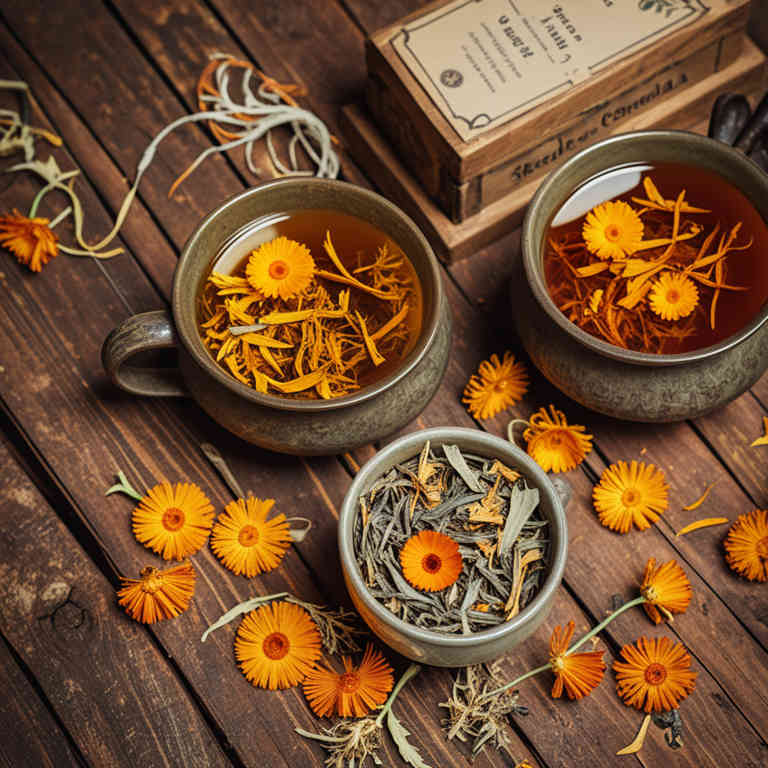
Herbal teas can be a natural and soothing remedy for rashes, offering gentle relief without the harsh side effects of chemical treatments.
Certain herbs like chamomile, calendula, and oat straw are commonly used in herbal teas due to their anti-inflammatory and calming properties. To use these teas, they can be brewed and applied topically as a compress or consumed internally to support the body's healing process. These teas are particularly beneficial for mild skin irritations, eczema, or allergic reactions.
However, it is important to consult a healthcare professional before using herbal teas, especially for severe or persistent rashes.
FREE Herb Drying Checklist
How to make sure every batch retains maximum flavor, color, and aroma without the risk of mold or over-drying. Eliminate guesswork and trial-and-error, making herb drying faster, easier, and more efficient every time.
Table of Contents
1. Matricaria chamomilla

Matricaria chamomilla, commonly known as chamomile, is a popular herbal tea often used to soothe skin irritations and rashes due to its anti-inflammatory and antiseptic properties.
The tea contains compounds like bisabolol and chamazulene, which help reduce redness, itching, and swelling associated with various types of rashes. Chamomile tea can be applied topically as a compress or used internally to support overall skin health and immune function. It is generally considered safe for most people, though those with allergies to plants in the daisy family should exercise caution.
Regular use of chamomile herbal tea may provide natural relief for mild skin conditions and promote a calming effect on the skin.
2. Hypericum perforatum

Hypericum perforatum, commonly known as St. John's wort, is a herbal plant often used in the form of tea to address various skin conditions, including rashes.
The tea is believed to have anti-inflammatory and antimicrobial properties that may help reduce redness, itching, and irritation associated with rashes. When applied topically, it can soothe the skin and promote healing by potentially reducing oxidative stress. However, it is important to note that internal consumption of St. John's wort tea should be done with caution, as it may interact with certain medications.
Individuals with sensitive skin or existing allergies should perform a patch test before using this herbal tea to treat rashes.
3. Urtica dioica
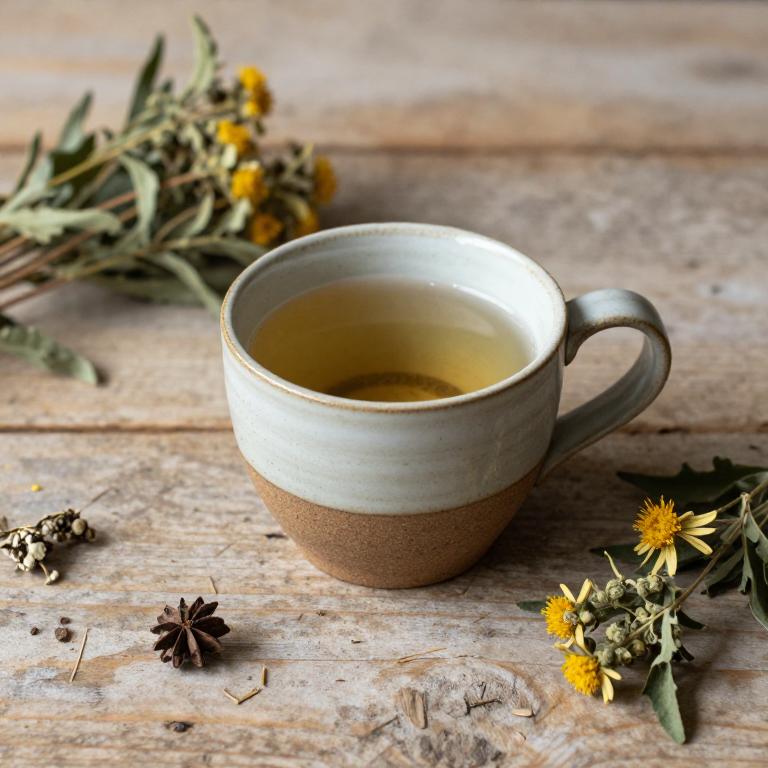
Urtica dioica, commonly known as stinging nettle, is a versatile herbal plant that has been traditionally used for its medicinal properties, including its potential benefits for skin conditions like rashes.
When prepared as a herbal tea, stinging nettle is believed to help reduce inflammation and soothe irritated skin due to its high concentration of antioxidants and anti-inflammatory compounds. The tea can be consumed internally to support overall skin health or applied topically as a compress to directly target rash symptoms. However, it is important to note that some individuals may experience an allergic reaction to stinging nettle, so a patch test is recommended before use.
Overall, urtica dioica herbal tea offers a natural and holistic approach to managing rashes, though it should be used with caution and in consultation with a healthcare professional.
4. Camellia sinensis
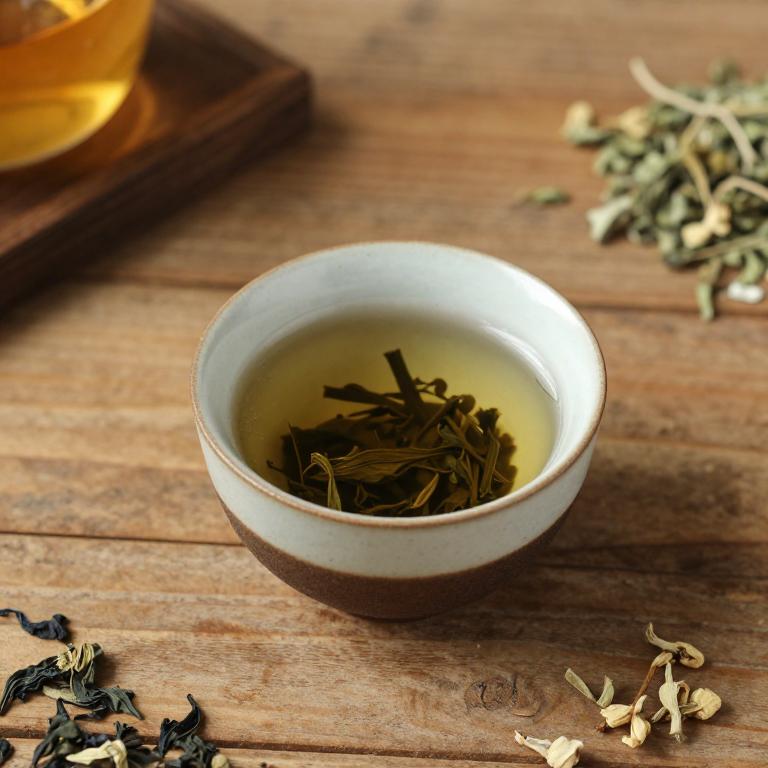
Camellia sinensis, the plant from which green and black teas are derived, is often used in herbal teas for its potential anti-inflammatory and soothing properties.
These teas contain compounds like polyphenols and catechins, which may help reduce skin irritation and redness associated with rashes. While there is limited clinical evidence specifically linking Camellia sinensis teas to rash relief, some individuals report improved skin conditions after regular consumption. It is important to note that these teas should not replace medical treatment for severe rashes, and individuals with allergies to tea should avoid them.
Overall, Camellia sinensis herbal teas may offer mild support for skin health but should be used as a complementary, not primary, approach to managing rashes.
5. Aloe barbadensis
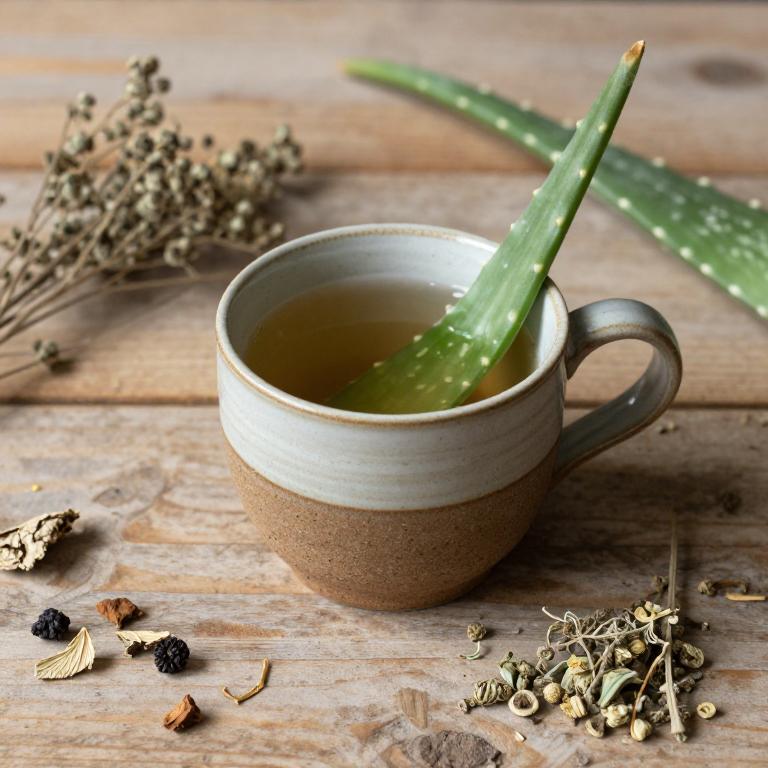
Aloe barbadensis, commonly known as aloe vera, is widely used in herbal teas for its soothing and anti-inflammatory properties, making it a popular remedy for skin rashes.
These teas are believed to help reduce redness, itching, and irritation associated with various types of rashes, such as eczema or contact dermatitis. The active compounds in aloe vera, including polysaccharides and anthraquinones, contribute to its healing and moisturizing effects on the skin. While drinking aloe vera tea may offer internal benefits, topical application of aloe-based products is often recommended for direct relief from rash symptoms.
However, it is important to consult a healthcare professional before using aloe vera, especially for severe or persistent skin conditions.
6. Salvia officinalis
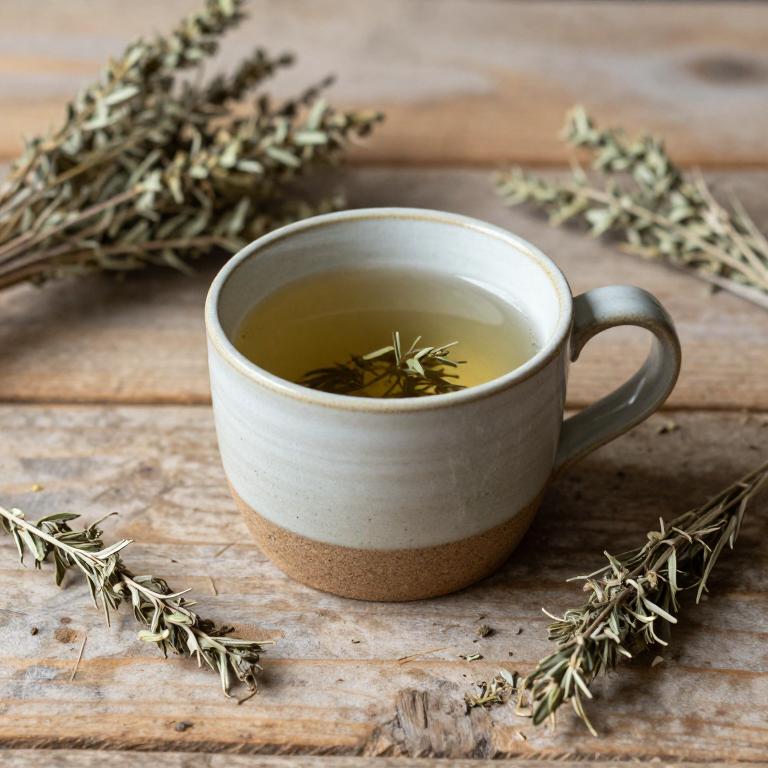
Salvia officinalis, commonly known as sage, has been traditionally used in herbal teas to alleviate skin irritations and rashes due to its anti-inflammatory and antimicrobial properties.
When brewed into a soothing tea, sage can help reduce redness, itching, and inflammation associated with various types of rashes. The essential oils in sage leaves, such as thujone and cineole, contribute to its effectiveness in soothing sensitive skin. To use sage tea for rashes, it is often recommended to apply it topically as a compress or allow it to cool and then drink it internally for systemic benefits.
However, individuals should consult a healthcare professional before using sage tea, especially during pregnancy or for those with known allergies.
7. Lavandula angustifolia
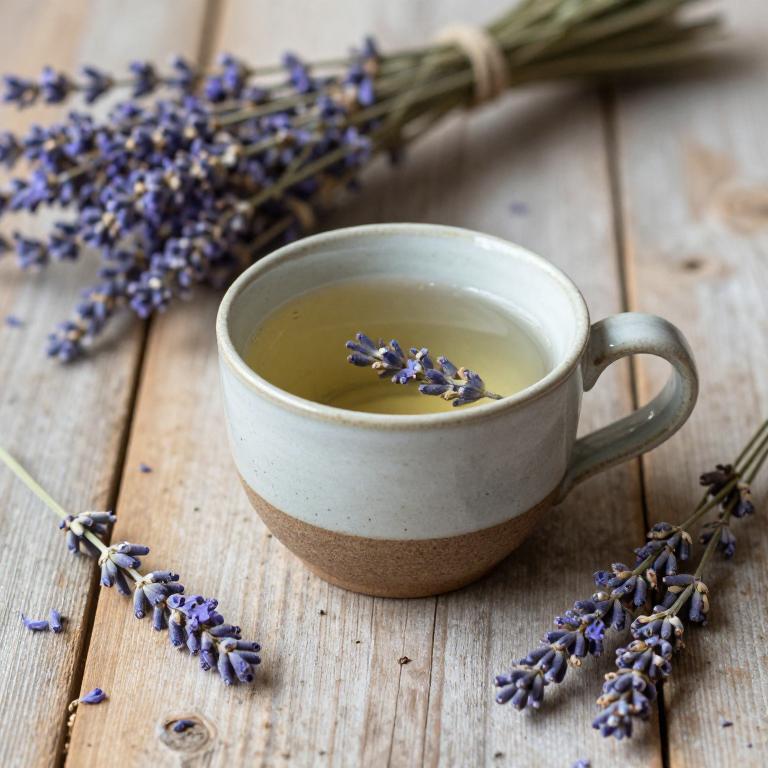
Lavandula angustifolia, commonly known as English lavender, is widely used in herbal teas for its soothing and anti-inflammatory properties.
These teas are often recommended for individuals experiencing skin rashes due to their ability to calm irritated skin and reduce redness. The essential oils in lavender, such as linalool and lavandin, have been shown to possess antimicrobial and antiseptic qualities that may help prevent infections in rash-prone areas. When consumed as a tea, lavender can also promote relaxation and reduce stress, which is a common trigger for skin conditions.
However, it is important to consult a healthcare professional before using lavender tea, especially if you have a known allergy or are pregnant, to ensure safe and effective use.
8. Rosa canina
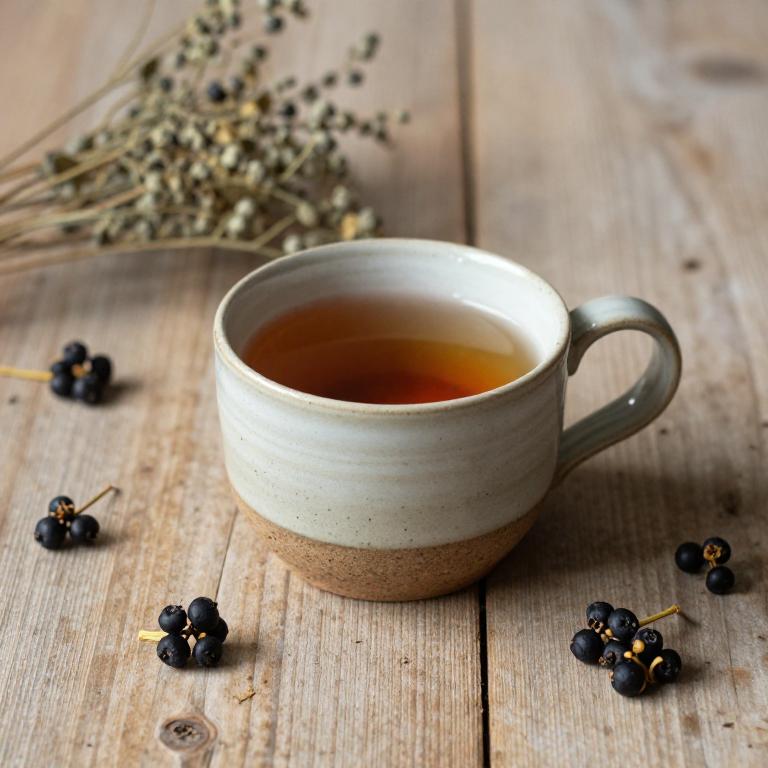
Rosa canina, also known as dog rose, is a traditional herbal remedy often used to make teas that may help alleviate skin rashes.
The flowers and fruits of the Rosa canina plant are rich in antioxidants, vitamins, and anti-inflammatory compounds, which can support skin health. When brewed into a soothing tea, Rosa canina is believed to have calming properties that may reduce redness and irritation associated with various types of rashes. This herbal tea is typically prepared by steeping dried Rosa canina flowers in hot water, and it can be consumed internally or applied topically as a compress.
While it is generally considered safe, it is advisable to consult a healthcare professional before using it, especially for severe or persistent skin conditions.
9. Equisetum arvense
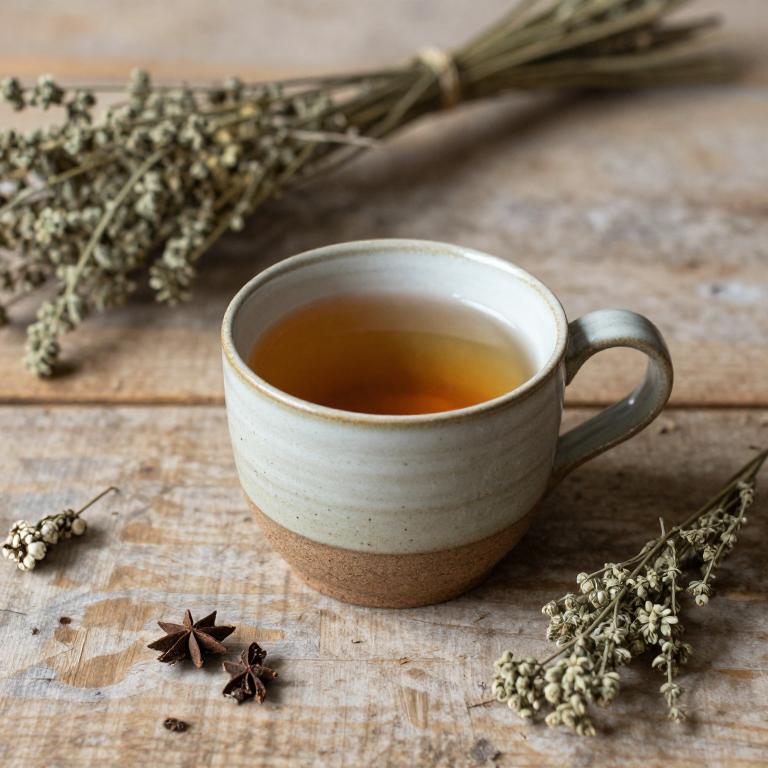
Equisetum arvense, commonly known as field horsetail, has been traditionally used in herbal teas to help alleviate skin rashes due to its high silica content, which supports skin health and repair.
The tea is believed to have anti-inflammatory and astringent properties that can soothe irritated skin and reduce redness. When prepared properly, it can be applied topically or consumed internally to promote healing and prevent further irritation. However, it is important to consult a healthcare professional before use, especially for those with sensitive skin or existing medical conditions.
While some people report relief from using horsetail tea for rashes, more research is needed to fully understand its efficacy and safety.
10. Calendula officinalis
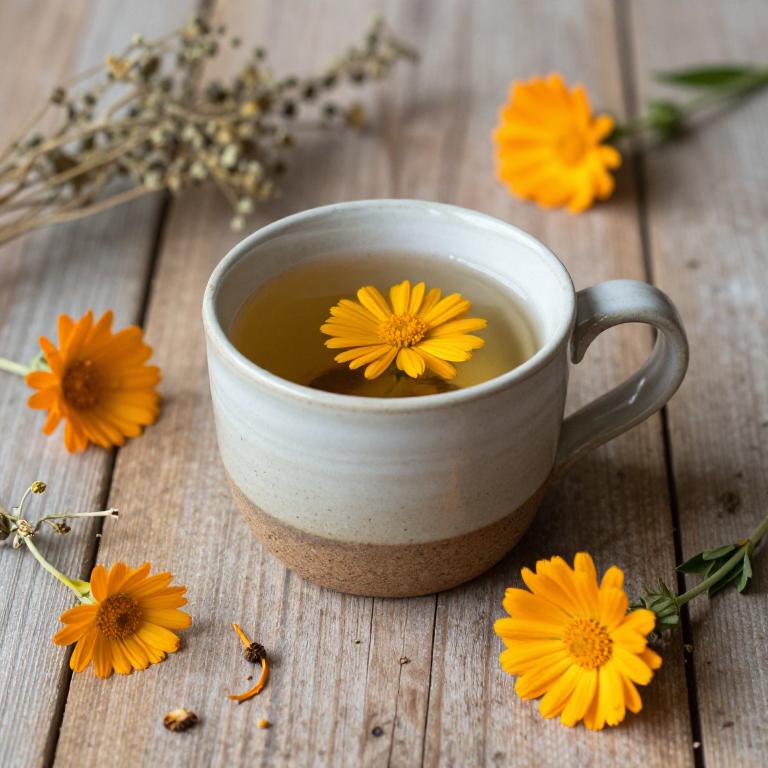
Calendula officinalis, commonly known as pot marigold, is a popular herbal remedy used in teas to soothe skin irritations and rashes.
Its anti-inflammatory and antimicrobial properties help reduce redness, itching, and swelling associated with various types of skin rashes. When brewed into a calming herbal tea, calendula can be applied topically as a compress or consumed internally to support overall skin health. The gentle nature of calendula makes it suitable for sensitive skin, though it is often recommended to consult a healthcare provider before use, especially for children or individuals with allergies.
Regular use of calendula officinalis tea may contribute to faster healing and improved skin condition in cases of mild rashes.